
Nature
16:55, 17-Oct-2018
Saiga antelope has the perfect nose for the haze season
Updated
16:34, 20-Oct-2018
By Li Yunqi
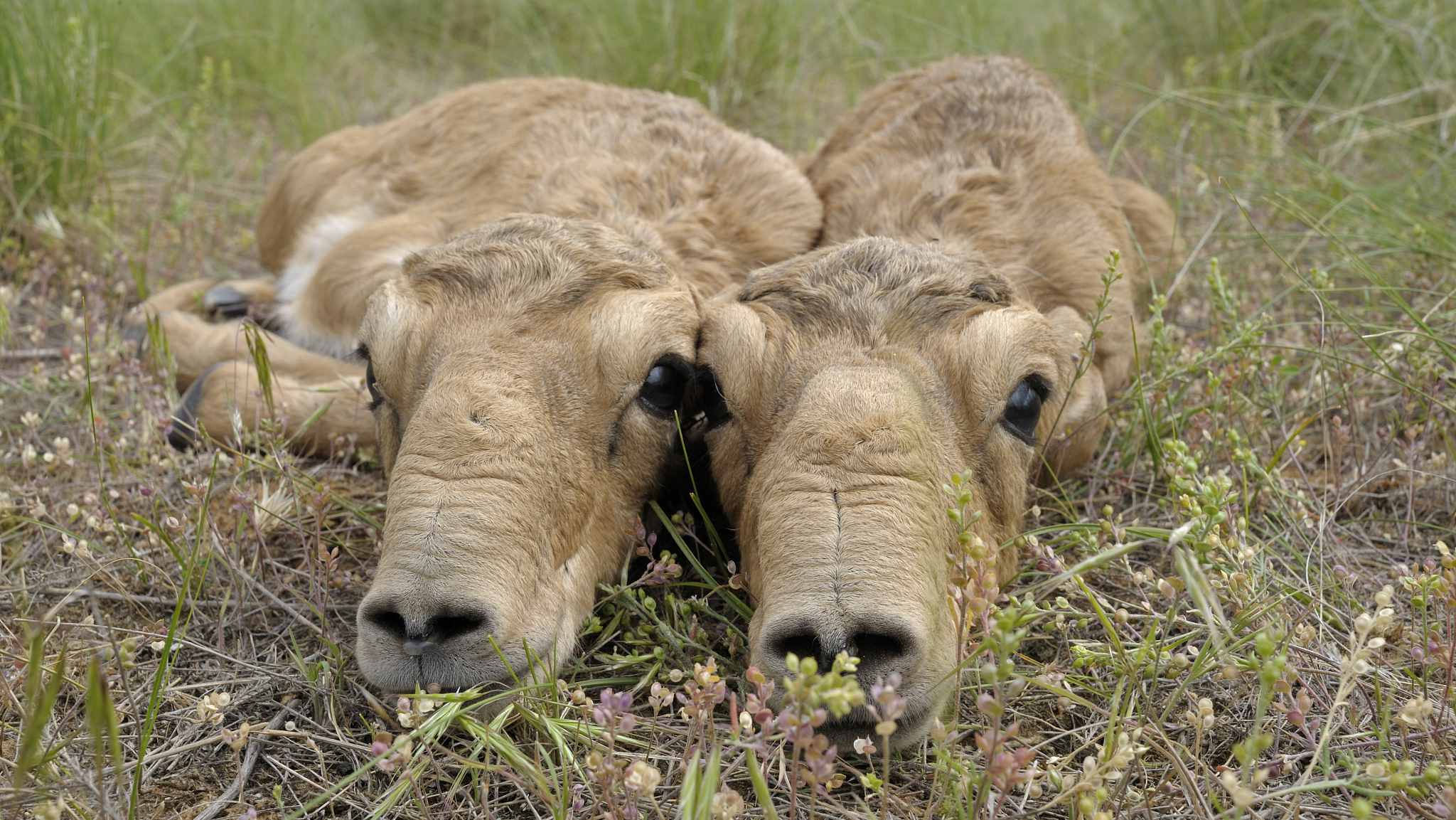
Sometimes, when pollution gets serious in the winter, people who live in major northern cities in China are reluctant to go outdoors due to the haze that rolls in with the cold air. While people are wearing masks to avoid inhaling polluted particles, some animals have a “built-in” filter inside their noses.
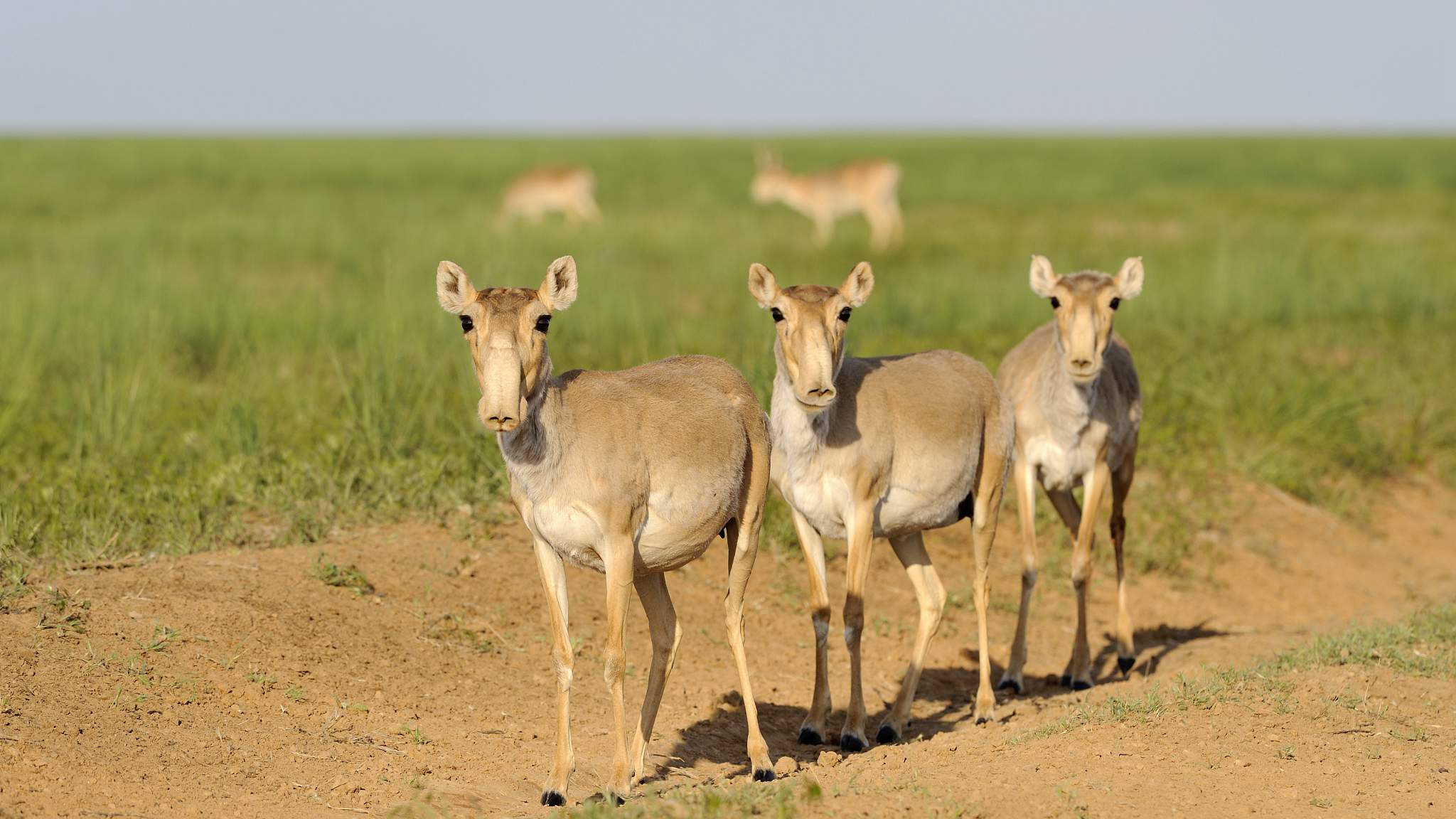
Three young saiga foals. /VCG Photo
Three young saiga foals. /VCG Photo
One of those gifted animals is the critically endangered saiga antelope. These antelopes have developed large inflatable noses with closely spaced nostrils that can prevent themselves from inhaling dusts and small particles during summer migrations, and warm up frigid air in winters.
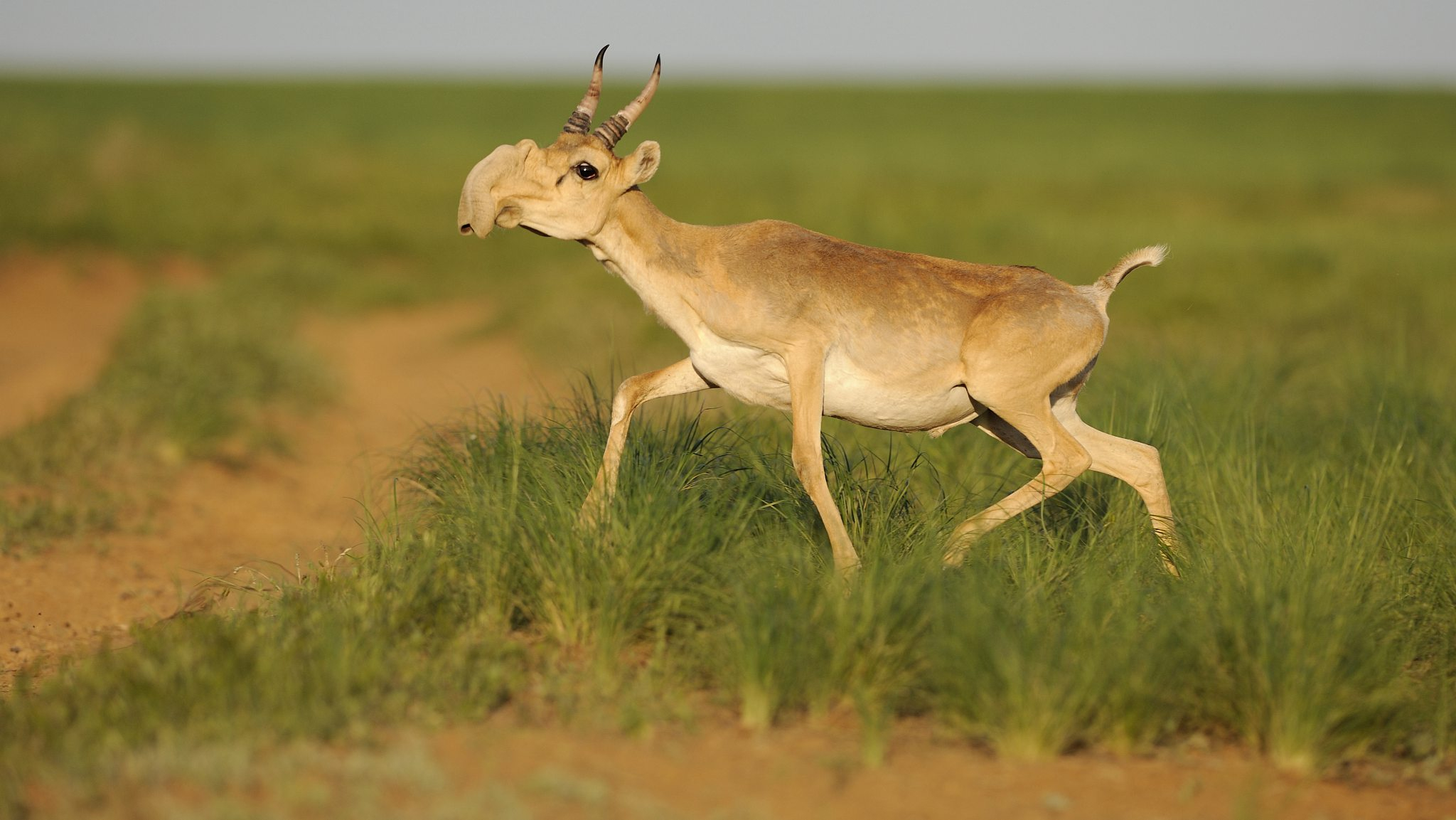
A male saiga running. /VCG Photo
A male saiga running. /VCG Photo
Saiga antelopes are similar to goats in size, but they have long and slim legs. Their coats have a yellowish cinnamon color in the summer but turns thick and pale in the winter. The horns of the male saiga are slightly translucent with rings on them.
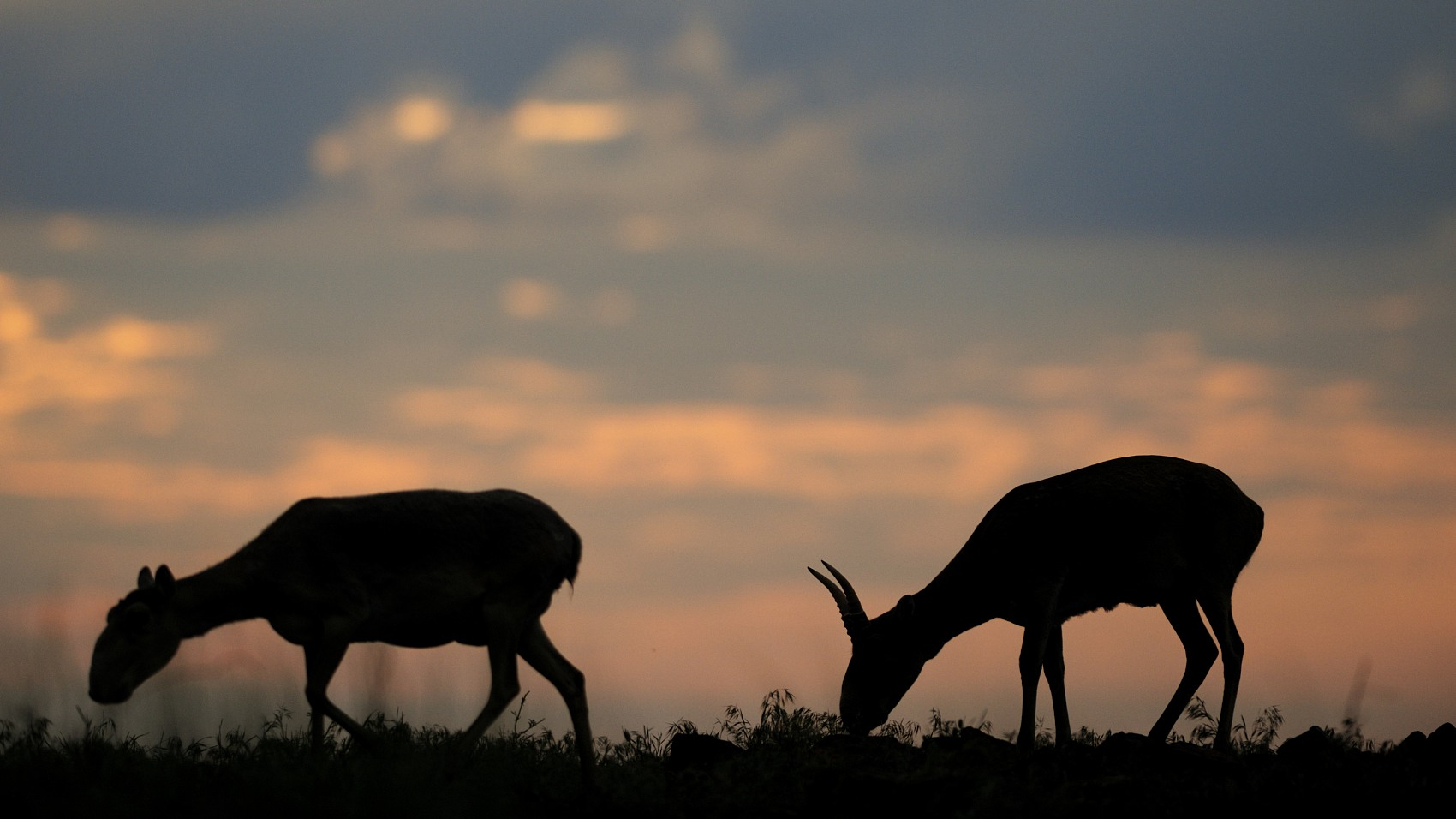
Male and female saiga at sunset. /VCG Photo
Male and female saiga at sunset. /VCG Photo
These animals have a very poor sense of hearing, but luckily, they have an extraordinarily keen sense of vision that allows them to see and locate danger over long distances of up to a kilometer.
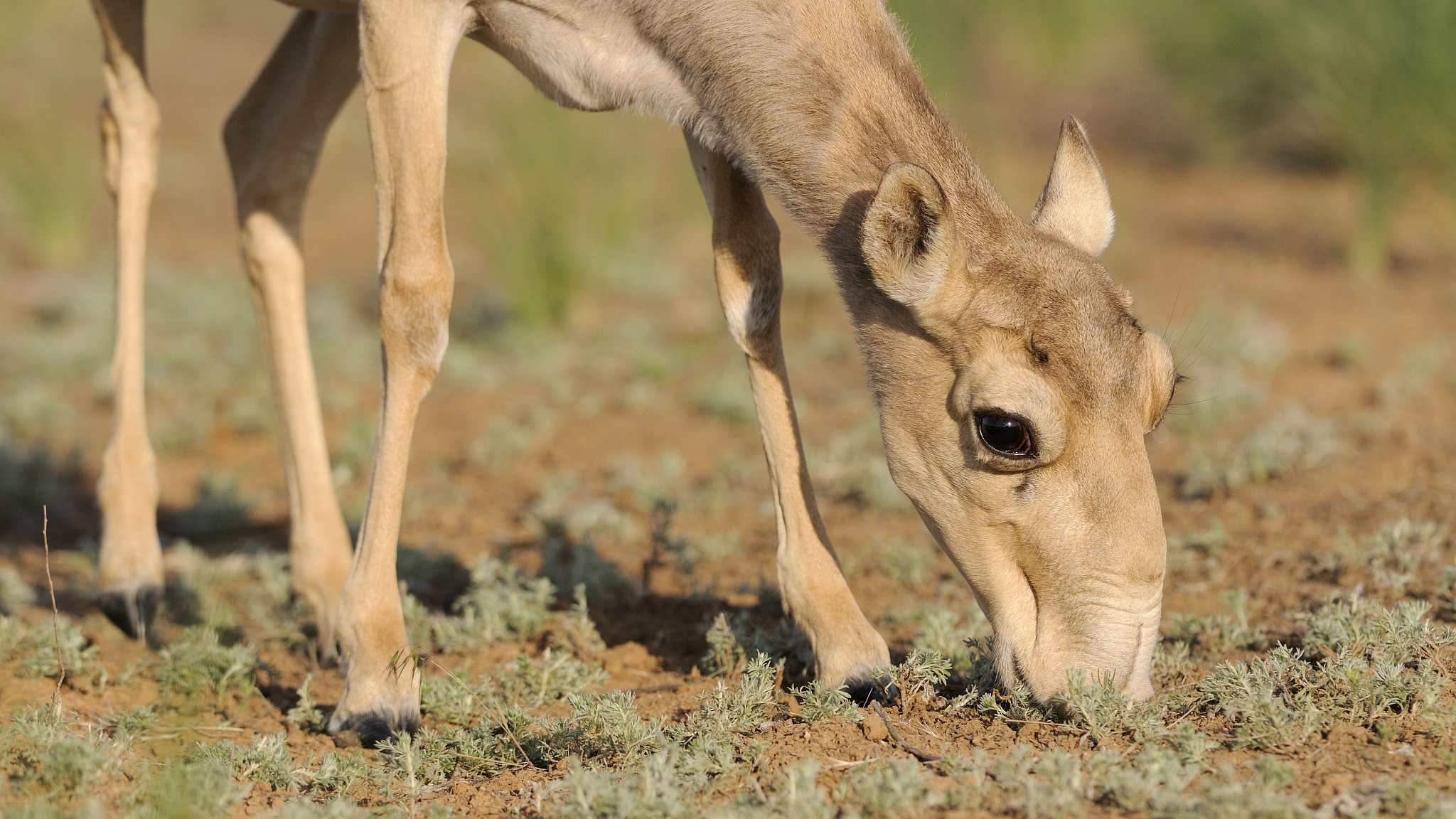
A saiga is eating grass from the land. /VCG Photo
A saiga is eating grass from the land. /VCG Photo
While they originally inhabit a vast area of the Eurasian steppe zone, they also migrate extensively across the steppes to avoid natural calamities.
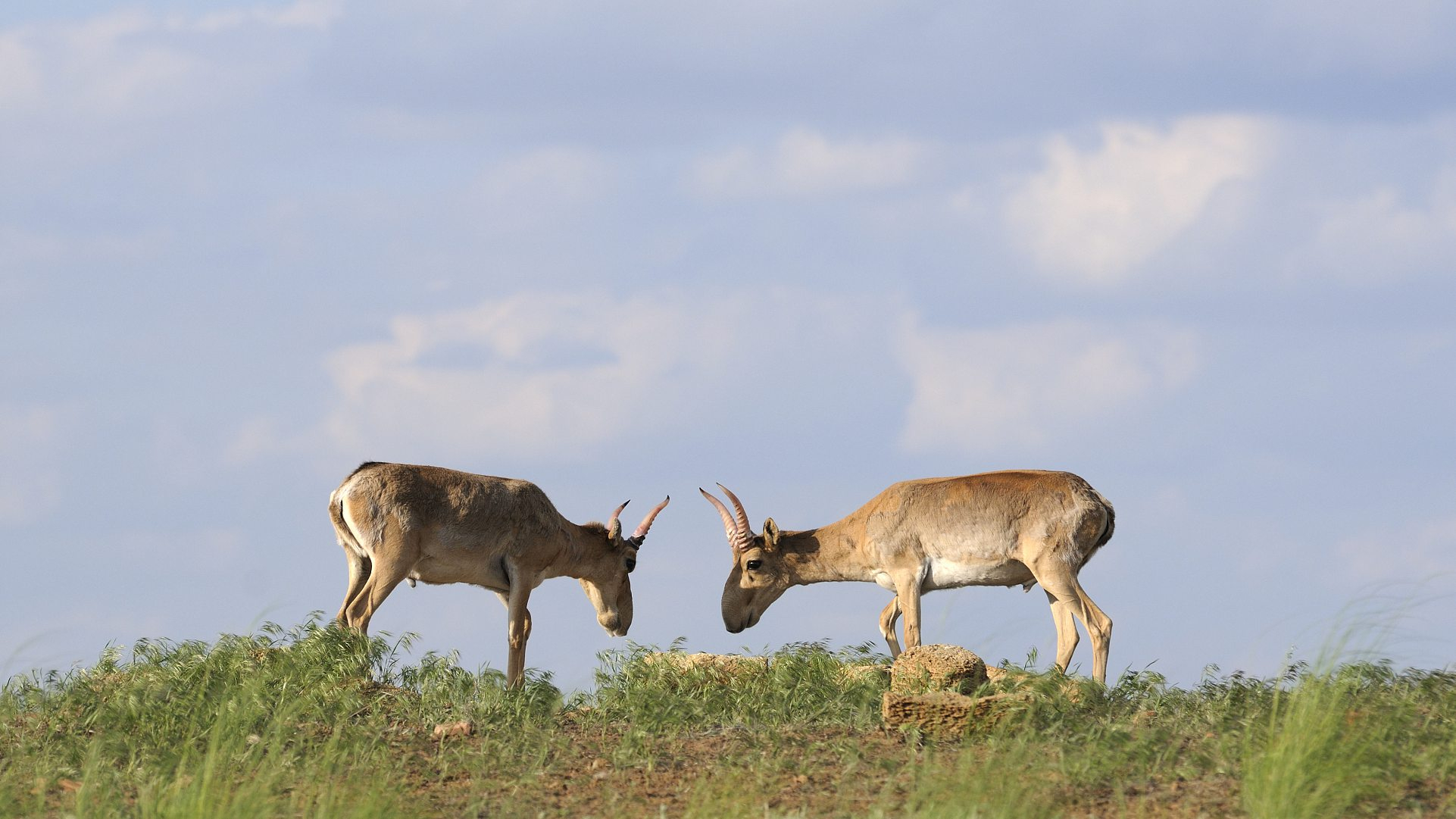
Two males are fighting. /VCG Photo
Two males are fighting. /VCG Photo
The saiga has very high reproductive potential because the females can reach sexual maturity within a year from birth, and usually give birth to two foals after around five months of pregnancy.

A mother saiga and her children. /VCG Photo
A mother saiga and her children. /VCG Photo
Unfortunately, even with a high reproductive potential, the number of saiga antelopes has shrunk at a rapid speed. In 2015, almost half of the world's saiga antelopes died from a suspected epizootic disease called “pasteurellosis.” Aside from that, massive hunting has also been a main reason for the loss of the species in many areas such as Romania and Moldova. Today, they only exist in some regions in Kazakhstan, Russia, Uzbekistan and sometimes Turkmenistan. There is a subspecies that is found only in western Mongolia.

SITEMAP
Copyright © 2018 CGTN. Beijing ICP prepared NO.16065310-3
Copyright © 2018 CGTN. Beijing ICP prepared NO.16065310-3